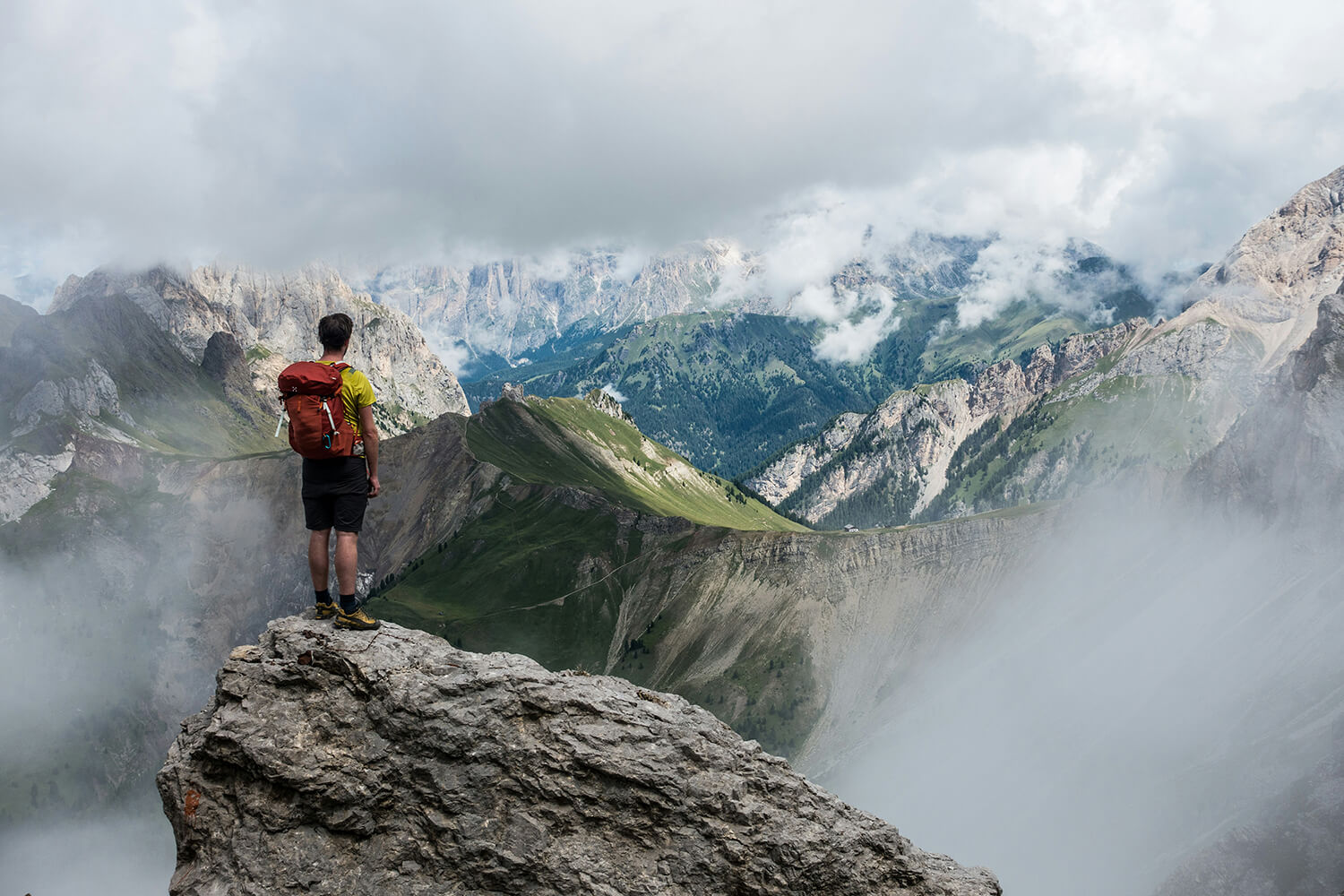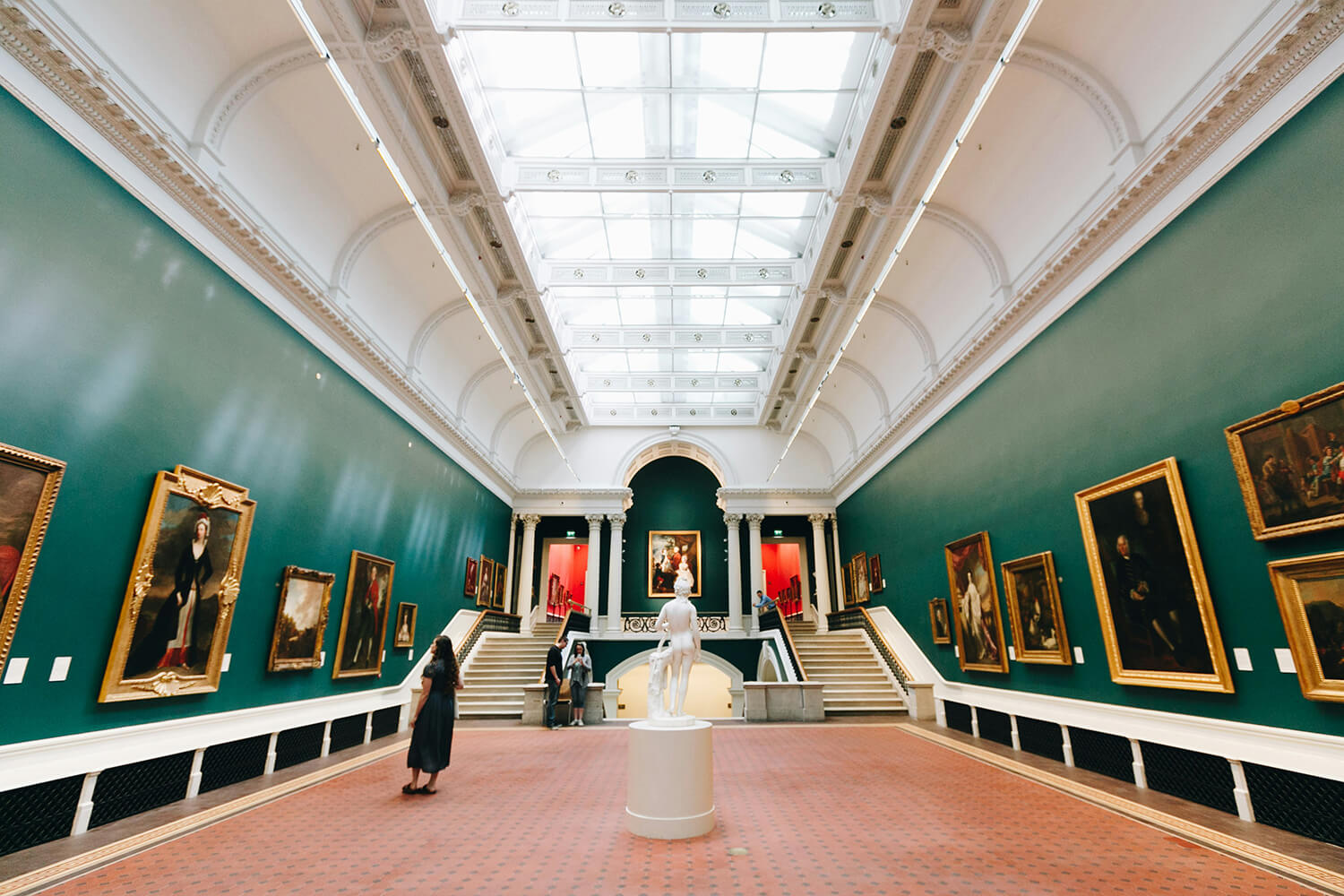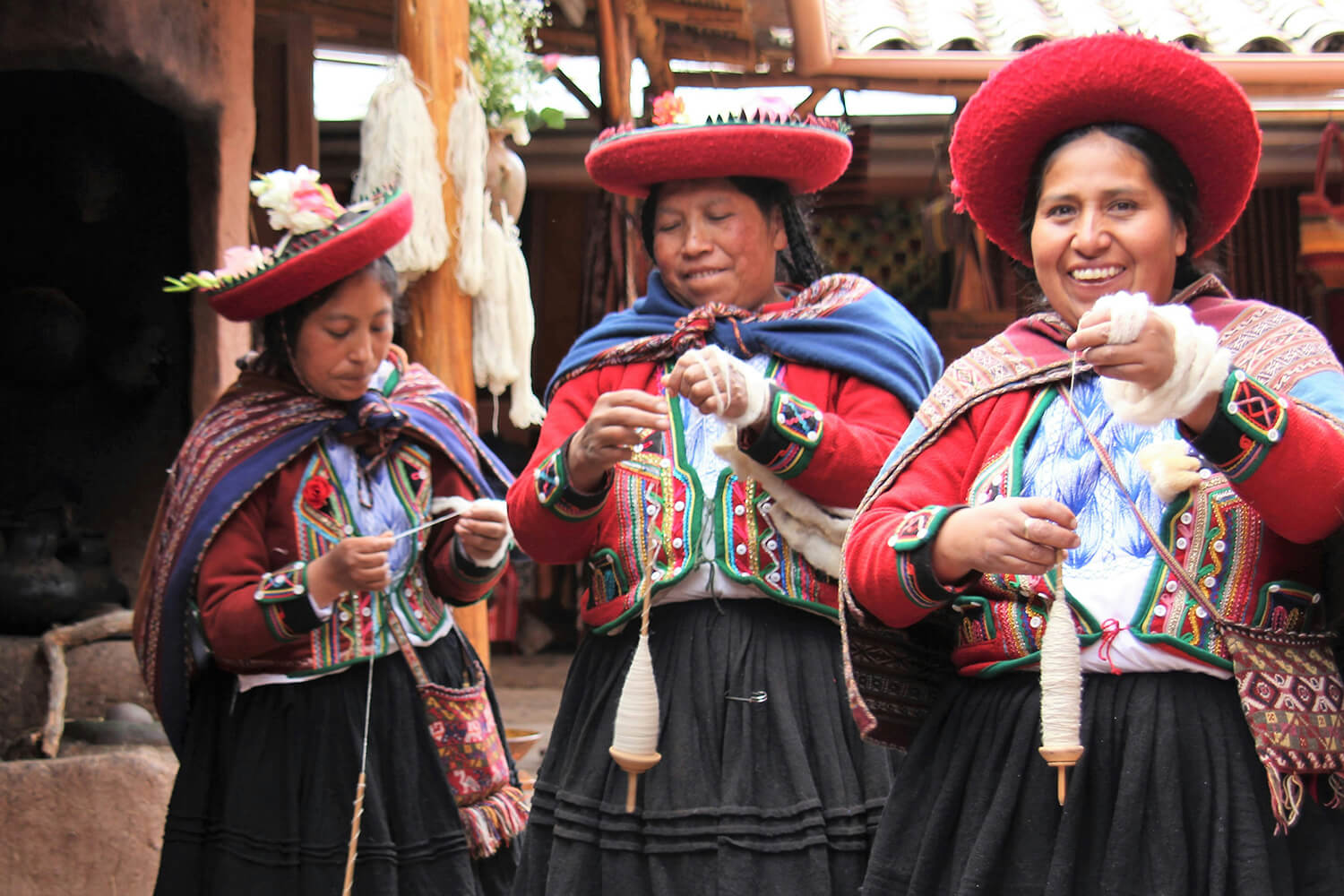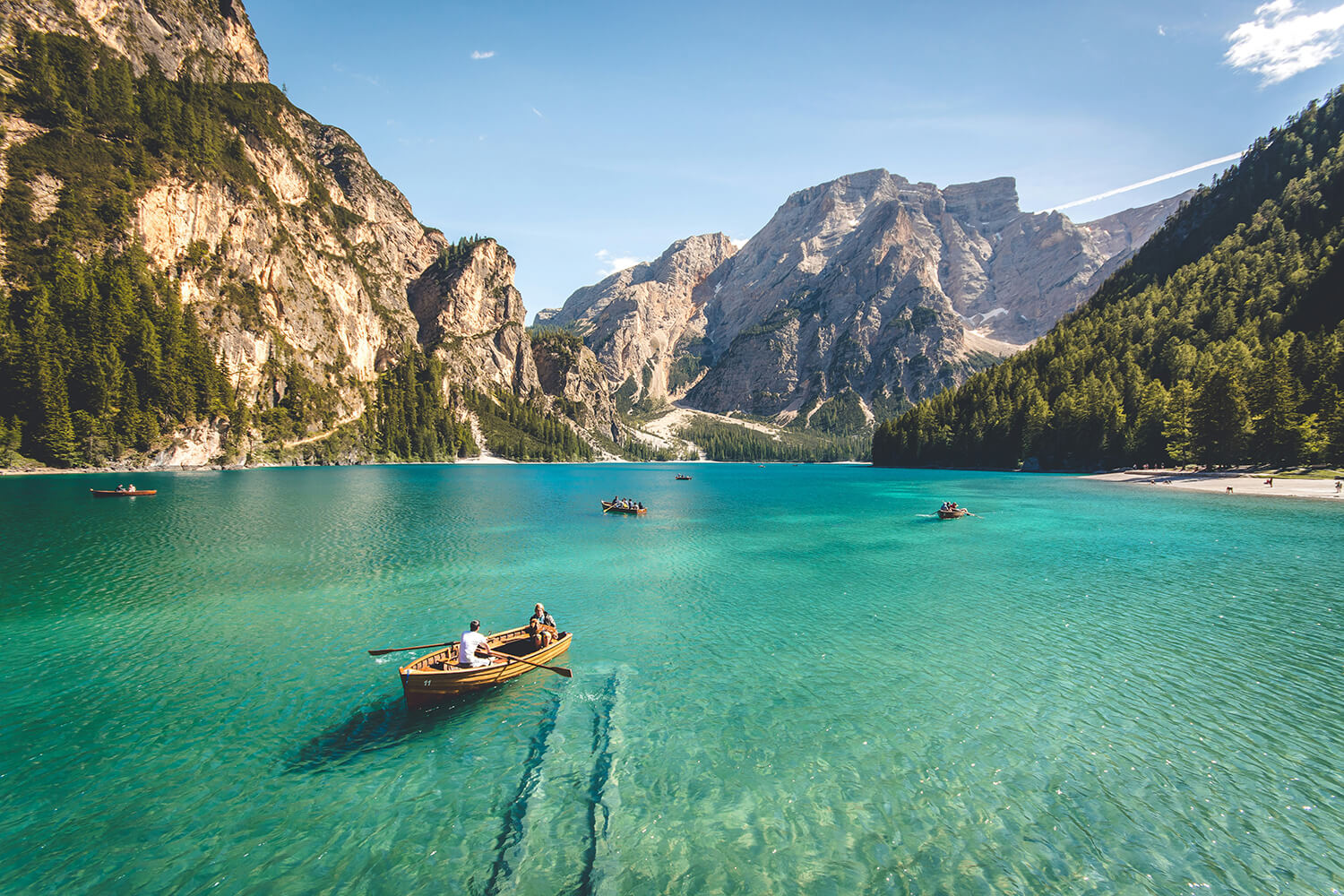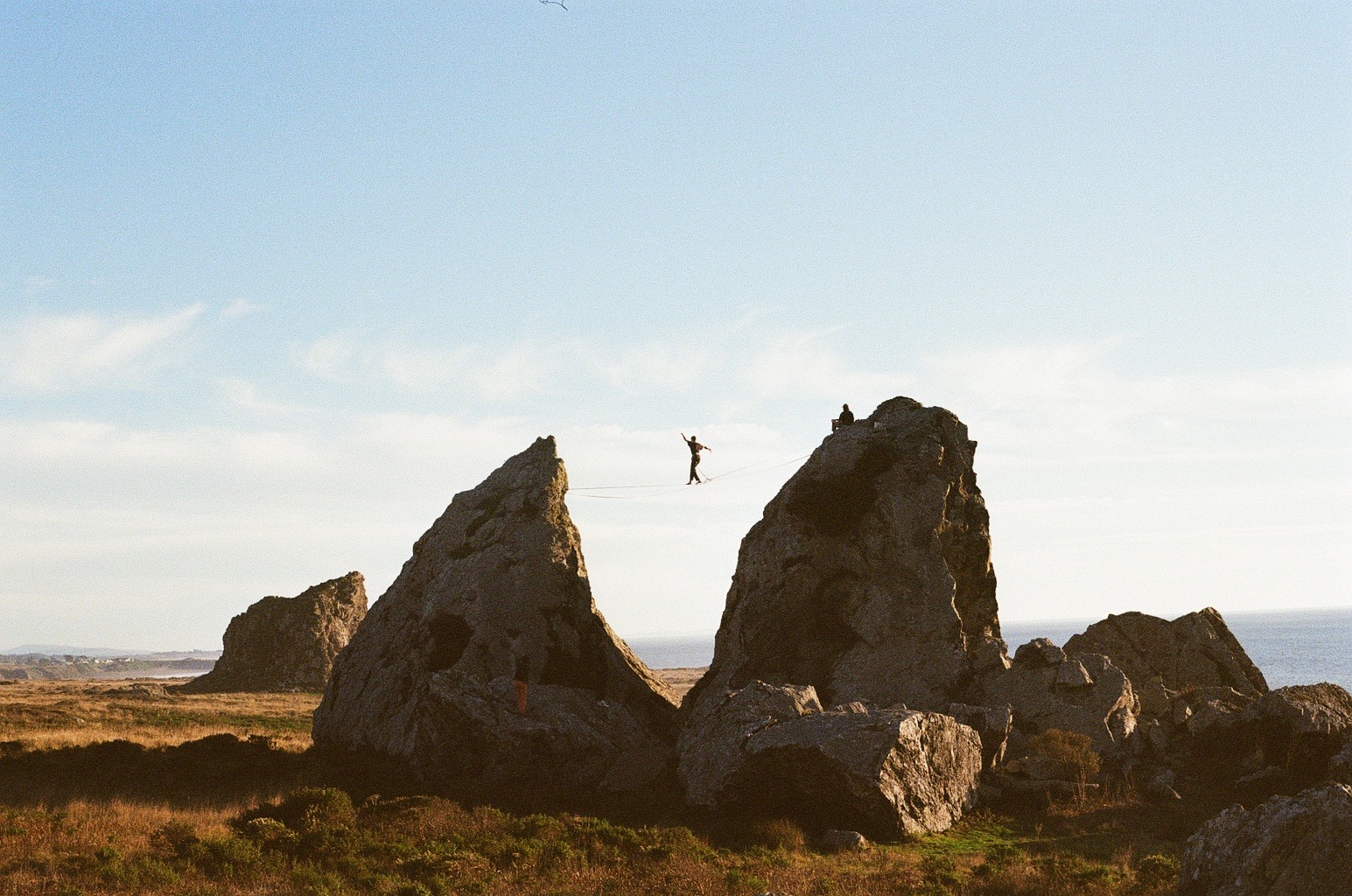Digital Nomad in Medellín: Local Secrets Beyond the Tourist Trail
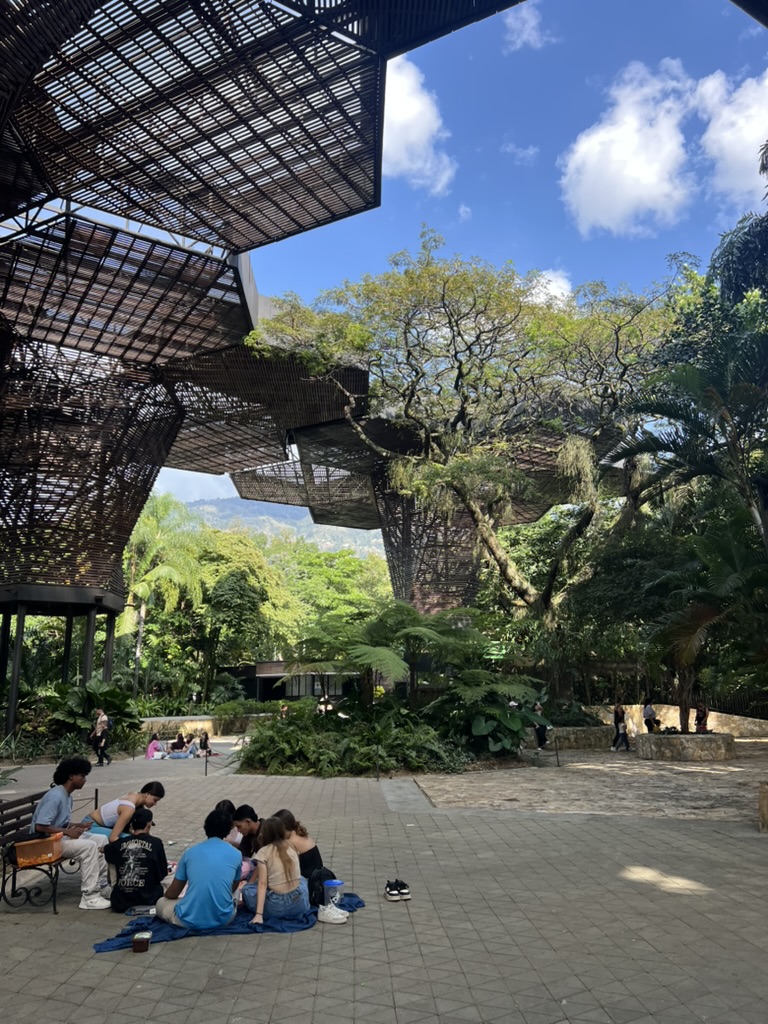
Finding Your Neighborhood: Poblado vs Laureles
When you first land in Medellín as a digital nomad, everyone points you toward Poblado. It's the obvious choice—packed with expats, coworking spaces on every corner, and a nightlife scene that rivals any major city. The Parque Lleras area pulses with energy seven nights a week, featuring clubs, rooftop bars, and restaurants catering to international tastes.
But here's the reality: Poblado gets expensive fast, and the constant noise isn't ideal for long-term living. If you're planning to stay more than a few weeks, consider Laureles instead. This neighborhood offers the infrastructure you need as a digital nomad—reliable wifi, good cafes, grocery stores—without the tourist markup or 3am street noise. Laureles has its own restaurant scene, parks for morning runs, and a more authentic local vibe. You'll still meet other nomads, just fewer of them stumbling out of nightclubs at dawn.
Where to Eat: From Budget Bites to Favorite Spots
Medellín's food scene goes way deeper than the Instagram-famous spots in Poblado. Cafe Zorba stands out as a genuine favorite—their Middle Eastern-inspired menu, quality coffee, and laid-back atmosphere make it perfect for laptop sessions or casual meals. The falafel wrap and shakshuka are reliable choices.
Beyond Zorba, explore the local staples. Mondongos serves traditional bandeja paisa and sancocho in generous portions at reasonable prices. For something more upscale, Carmen in Poblado elevates Colombian ingredients into creative dishes, though you'll pay tourist-area prices. El Cielo offers a full sensory dining experience if you want to splurge on a special occasion.
The real value comes from neighborhood restaurants scattered throughout Laureles and Envigado. Look for the corrientazos—daily lunch specials that include soup, a main course, juice, and sometimes dessert for under 15,000 pesos. These spots won't have English menus, but that's usually a good sign.
Things to Actually Do
The Botanical Garden (Jardín Botánico) provides a peaceful escape from urban energy without leaving the city. Entry is free, and the orchid collection alone justifies the visit. Go early on weekdays to avoid school groups.
Comuna 13 transformed from one of Medellín's most dangerous neighborhoods into a vibrant outdoor gallery. The escalators that replaced steep staircases changed residents' lives, and local artists covered the walls in murals telling the community's story. Tours run constantly, but you can explore independently if you speak Spanish and want a more authentic experience. The area gets crowded on weekends—weekday mornings offer better photo opportunities and easier movement through the narrow streets.
For outdoor adventure, paragliding in San Felix offers incredible views of the Aburrá Valley. Multiple operators run tandem flights, and most digital nomads report it as a highlight of their time in Medellín. The flight itself lasts 15-20 minutes, and clear mornings provide the best conditions.
Practical Nomad Tips
The metro system works efficiently and connects most areas you'll frequent. Get a Civica card at any station—it's rechargeable and saves you from buying individual tickets. The cable cars (Metrocable) count as part of the metro system and offer incredible views while transporting residents up the mountainside neighborhoods.
Medellín's "eternal spring" climate means you need layers. Mornings start cool, afternoons warm up, and evenings cool down again. Pack a light jacket even if it looks sunny. Rain can appear suddenly, especially March through May and September through November.
Internet reliability varies by neighborhood and building. Before committing to a long-term rental, test the wifi during video calls. Most cafes offer solid connections, but residential internet quality depends entirely on your specific building's infrastructure. Coworking spaces like Selina, Atomhouse, and La Familia provide reliable backup options.
The Digital Nomad Reality Check
Medellín earned its reputation as a digital nomad hub for good reasons—affordable cost of living, year-round comfortable weather, growing expat community, and improving infrastructure. But it's not perfect. Air quality suffers during certain months when the valley traps pollution. Traffic gets brutal during rush hours. And while safety has improved dramatically, you still need to stay aware of your surroundings and avoid flashing expensive electronics in certain areas.
Spanish skills matter more here than in some other Latin American nomad destinations. Learning basic conversational Spanish opens up better housing options, restaurant experiences, and local connections. Most Colombians in service industries speak limited English, and landlords often prefer tenants who can communicate directly.
The city works best for nomads who want to balance work with genuine cultural immersion. If you're looking for a pure party scene or need everything in English, Medellín might frustrate you. But if you want to experience a major South American city that hasn't been completely overtaken by tourism while maintaining the infrastructure to work remotely, it delivers.
